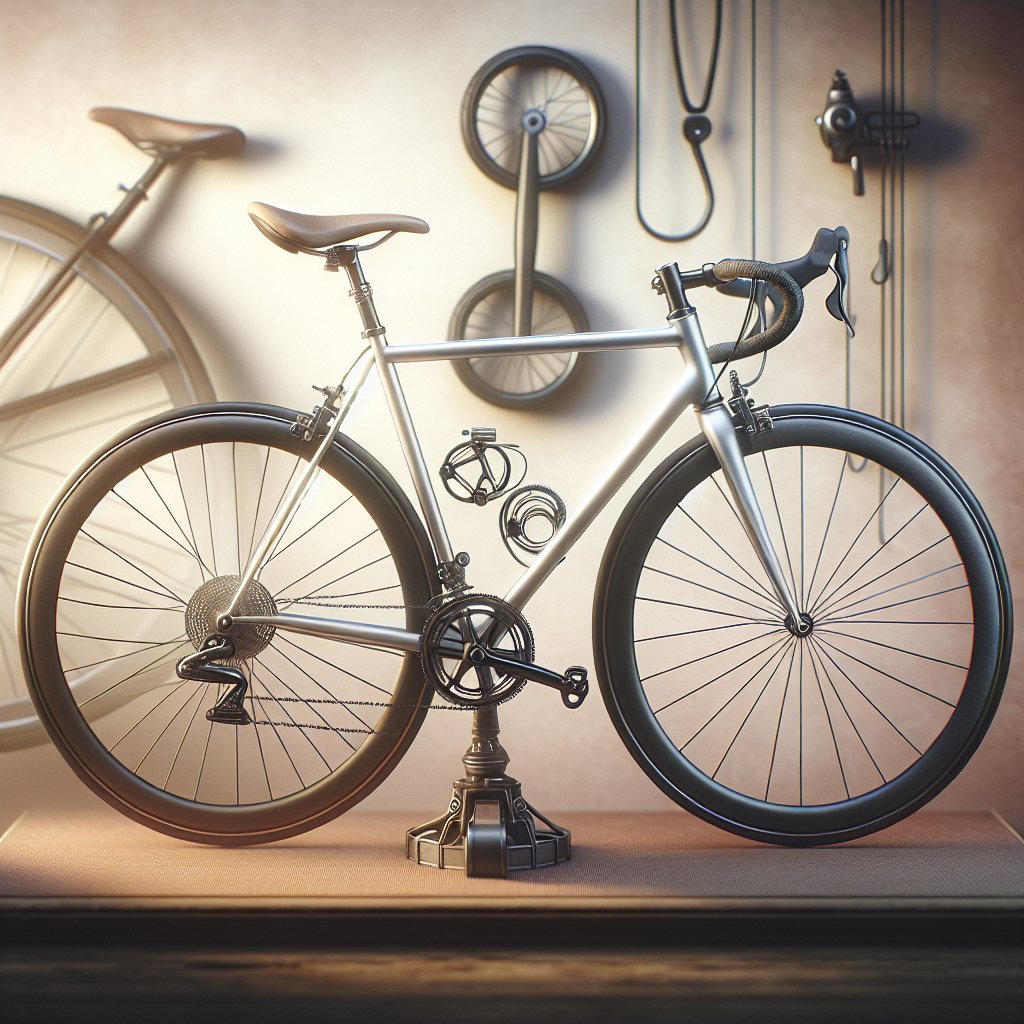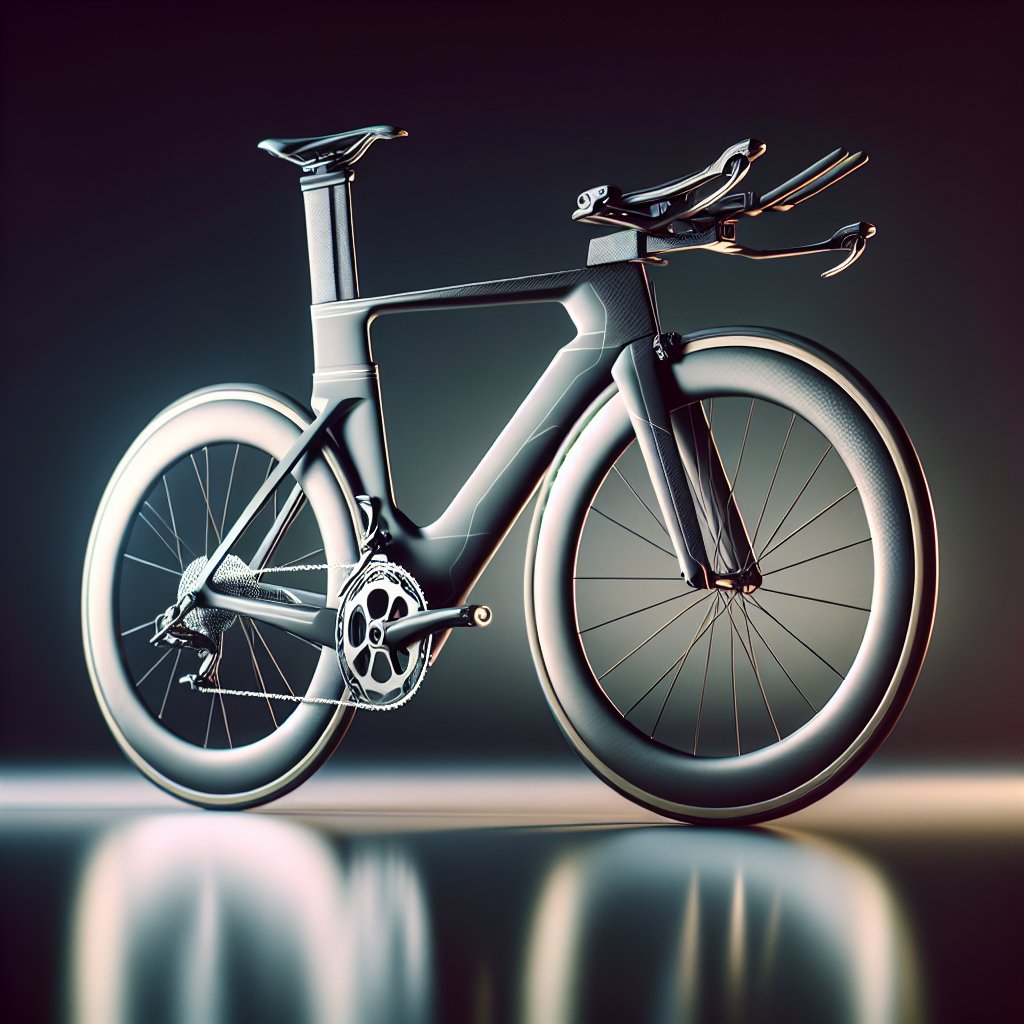Finding the perfect fit for your bicycle saddle and handlebars is crucial for a comfortable and enjoyable ride. Whether you’re a casual rider or a seasoned cyclist, proper adjustments can make a significant difference in your overall cycling experience. This article will guide you through the steps to adjust your bicycle saddle and handlebars to ensure a comfortable and efficient ride.
Adjusting Your Bicycle Saddle
Finding the Right Saddle Height
The first step in adjusting your bicycle saddle is to find the correct saddle height. An improperly adjusted saddle can lead to discomfort, reduced efficiency, and even injury. To determine the right height, follow these steps:
- Stand next to your bike: Position yourself next to your bicycle and lift your leg over the top tube to straddle the bike.
- Measure your inseam: Measure the distance from the ground to your crotch. This measurement will help you determine the appropriate saddle height.
- Calculate the saddle height: Multiply your inseam measurement by 0.883. This will give you the approximate height from the center of the bottom bracket to the top of the saddle.
- Adjust the saddle height: Loosen the seat post clamp and adjust the saddle to the calculated height. Ensure the saddle is level and tighten the clamp securely.
Setting the Saddle Fore-Aft Position
The fore-aft position of your saddle is equally important for comfort and efficiency. To adjust this, follow these steps:
- Find the neutral position: Sit on your bike with your feet on the pedals. Position the pedals so they are horizontal to the ground.
- Check knee alignment: Drop a plumb line from the front of your knee cap. The line should intersect the pedal axle. If it doesn’t, adjust the saddle forward or backward until it does.
- Secure the saddle: Once the correct position is found, tighten the saddle clamp securely.
Adjusting Saddle Tilt
The tilt of your saddle can also impact your comfort. A saddle that is too tilted forward or backward can cause discomfort and affect your riding posture. To adjust the tilt:
- Level the saddle: Use a spirit level to ensure the saddle is level. A slight tilt forward or backward can be adjusted based on personal preference.
- Test ride: Take a short ride to test the new position. Make minor adjustments as needed until you find the most comfortable tilt.
Adjusting Your Handlebars
Setting the Handlebar Height
The height of your handlebars plays a significant role in your riding comfort and posture. To adjust the handlebar height:
- Determine your riding style: The ideal handlebar height varies based on your riding style. For a more aggressive, aerodynamic position, lower handlebars are preferred. For a more upright, comfortable position, higher handlebars are better.
- Loosen the stem bolts: Use an Allen wrench to loosen the bolts on the stem that hold the handlebars in place.
- Adjust the height: Raise or lower the handlebars to the desired height. Ensure the handlebars are aligned with the front wheel.
- Tighten the bolts: Once the desired height is achieved, tighten the stem bolts securely.
Adjusting Handlebar Reach
The reach of your handlebars affects your riding posture and comfort. To adjust the reach:
- Check your posture: Sit on your bike and place your hands on the handlebars. Your elbows should be slightly bent, and you should feel comfortable and in control.
- Adjust the stem length: If the reach is too long or too short, consider changing the stem length. A shorter stem brings the handlebars closer, while a longer stem extends the reach.
- Test ride: Take a test ride to ensure the new reach is comfortable. Make minor adjustments as needed.
Setting Handlebar Angle
The angle of your handlebars can also impact your comfort and control. To adjust the handlebar angle:
- Loosen the handlebar clamp: Use an Allen wrench to loosen the clamp that holds the handlebars in place.
- Adjust the angle: Rotate the handlebars to the desired angle. Ensure the brake levers and shifters are easily accessible.
- Tighten the clamp: Once the desired angle is achieved, tighten the clamp securely.
Conclusion
Properly adjusting your bicycle saddle and handlebars is essential for a comfortable and efficient ride. By following the steps outlined in this article, you can ensure that your bike is tailored to your specific needs and preferences. Remember to make small adjustments and test ride your bike to find the perfect fit. Happy cycling!



